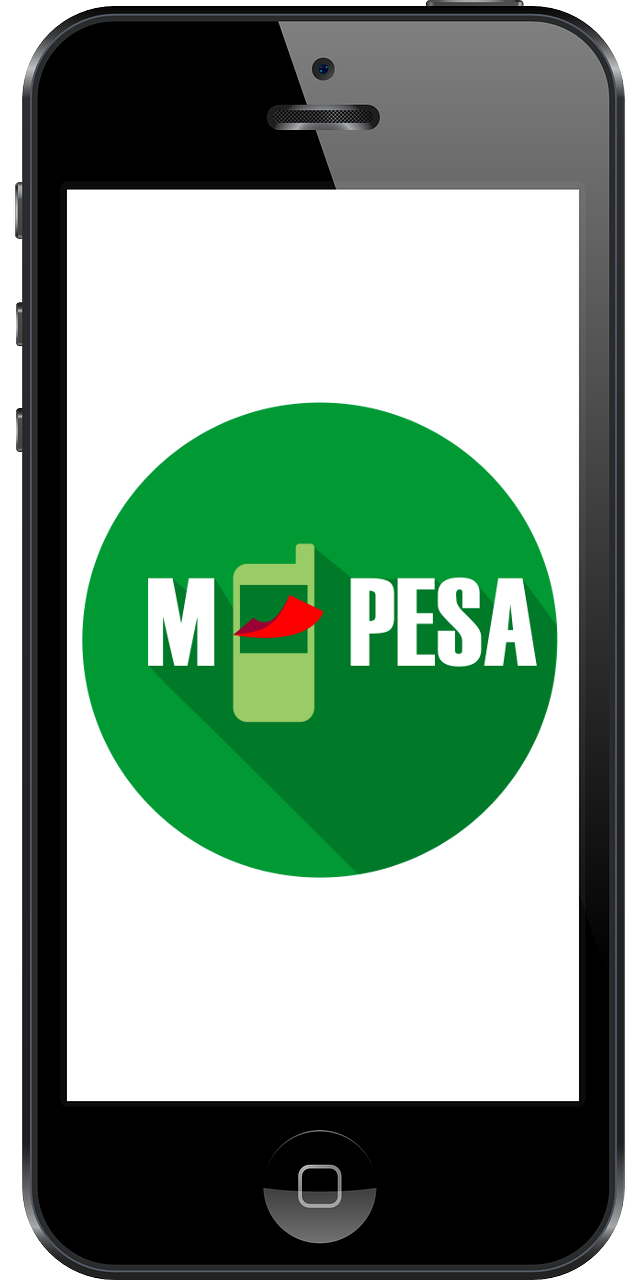Highlights from the GSMA’s 2017 Mobile Money Report
The GSMA (short for “Groupe Spéciale Mobile Association,” a trade body that represents mobile-network operators across the world) recently released its 2017 State of the Industry Report on Mobile Money. The report highlights a number of encouraging developments in how mobile money is spreading financial inclusion worldwide.
First and foremost, there are now more than 690 million registered mobile-money accounts worldwide, representing a 25 percent increase from 2016 figures (i.e., there are more than 136 million new registered users). So the explosive growth that mobile money has experienced over the past half decade isn’t showing any signs of slowing. Importantly, the vast majority of these accounts have been opened in developing nations in sub-Saharan Africa and South Asia, providing millions of individuals who have never opened a bank account access to formal financial services for the first time. There are now 276 mobile-money deployments in 90 countries.
Although sub-Saharan Africa remains home to the majority of mobile-money accounts, 2017 marked the first year that the fastest growth rates in mobile-money adoption were recorded outside of sub-Saharan Africa, as accounts in South Asia rose by 47 percent. South Asia now accounts for more than a third of all mobile-money accounts worldwide. The global spread of mobile money proves that the “mobile-money revolution” is by no means limited to sub-Saharan Africa.
A second and related encouraging development has to do with the rapid growth of savings and investment accounts directly linked to mobile-money services. Roughly one in four mobile-money services currently offers a mobile-money-linked savings, pension, or investment product. More importantly, 40 percent of mobile-money providers surveyed claim that they intend to roll out similar savings products within the next year as regulators have begun to emulate Kenya’s “light touch” regulatory model and relax their restrictions on linking mobile-money accounts to formal bank accounts.
This link to formal financial products is especially important for helping achieve a number of the Sustainable Development Goals put forward by the UN, many of which surround the issue of providing the poor with greater access to savings and insurance products. Mobile money has significantly contributed to 13 of its 17 Sustainable Development Goals, from expanding access to formal savings products, to empowering women to open financial accounts, to enabling access to essential health and education services.
Another promising sign is that mobile-money services are now being used for a wider variety of payments than simple remittances and person-to-person transfers. In 2017, the mobile-money industry surpassed the threshold of processing more than $1 billion of transactions per day. The main drivers of this growth have been bulk disbursements, bill payments, and bank-to-mobile transactions. This means mobile money has expanded its reach into more sectors of the economy, including person-to-business payments and even business-to-business transfers. All this has served to reduce the general public’s reliance on government-issued forms of money like cash and to increase the demand for privately issued forms of money like mobile-money products issued by banks and mobile-network operators.
Lastly, as regulators have allowed mobile-network operators to begin offering products that stretch across borders, mobile money has become one of the fastest-growing ways for sending international remittances. This infusion of competition into traditional remittance services from mobile-network operators and partner banks has significantly lowered costs and improved the speed and security of international money transfers. As the GSMA notes, sending remittances through mobile money is on average 50 percent cheaper than relying on local companies, postal services, or traditional money-transfer operators like Western Union or MoneyGram. The less remittances are eaten up by hefty transaction fees, the more friends and family ultimately take home. This effect alone has been one of the main ways that mobile money has helped poor households escape poverty.
In short, mobile money has enjoyed yet another fantastic, record-breaking year. Its continued growth should excite anyone who believes that private sector innovations — not large-scale government programs — are the best means of achieving sustainable economic and financial development across the developing world.











